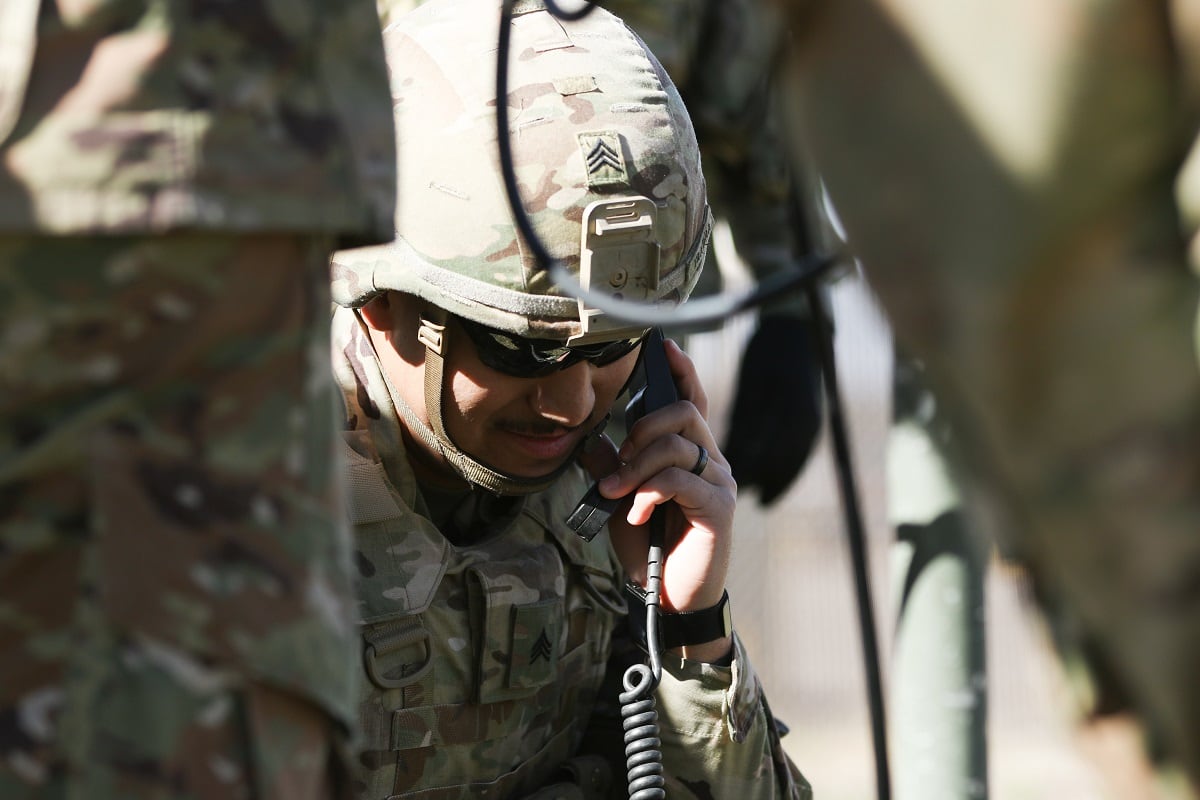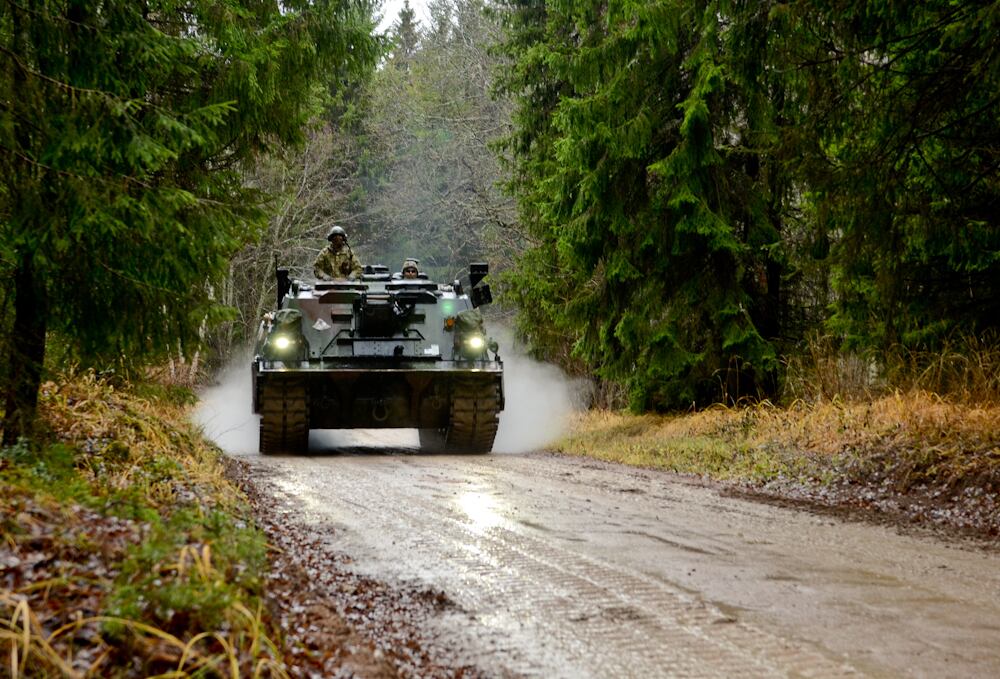Under the Army’s approach for modernizing its tactical network, the service is delivering incremental capabilities to particular types of units every two years beginning in 2021 and running through 2028. This approach, according to the Army, allows it to conduct experimentation, receive soldier feedback and identify the right mix of systems for units while adopting and taking into account rapid commercial technological advancements.
In 2021, the Army is to field new capabilities and communications gear to four infantry brigades, among other more specialized Army units, while heavier units, to include Stryker and armored units, are to receive such gear in 2023.
But American defense company General Dynamics Mission Systems wants the Army to prioritize armored units, given renewal of a great power competition and that these heavier units would be sent into battle if the U.S goes to war with Russia or China. These heavier units currrently don’t have the capabilities to communicate on the move.
“The real concern is if the balloon goes up tomorrow with Russia or China, it is our heavy formations that are actually going to be fighting the fight, not necessarily the light guys. Are we really waiting until 2023 in order to field that capability to our most mobile and our most lethal force?” Scott Dunderdale, vice president of Army tactical network programs at GDMS, told C4ISRNET at the Association of the U.S. Army’s annual conference Oct. 15.
The Army “actually agreed with us,” he added.
The service has worked with light infantry airborne units during the experimentation phase, but Dunderdale pointed out that Army officials have said they would focus on heavy units earlier if there was more money.
RELATED

GDMS said it lobbied for Congress to provide more money to move up the Army’s timeline closer, and the company invested its own money in developing a system that would provide line-of-sight, beyond-line-of-sight, situation awareness and fires capabilities to the heavier units.
However, there was no commercial off-the-shelf technology for tracked tank vehicles that could handle the vibration and shock those vehicles produce, Dunderdale said. A solution would have to be a modified commercial system, he added.
Dunderdale explained that GDMS identified the Army’s technological gap as “an itch we could scratch.” If a purely commercial satellite communications antenna was put on a Bradley, he added, it would shake apart as soon as it pulled out of the motor pool.
As a result, General Dynamics developed the Rugged Armored Vehicle Network system. The capability allows for LTE connectivity, beyond-line-of-sight communications and increased bandwidth to access battlefield applications and functions.
“We have committed to the Army that we will be ready to start building and fielding these in March/April time frame next year. So if we are lucky enough to get the funding, we will be ready to go. If we’re not, well then we’ll put it on the back burner,” Dunderdale said. “We truly believe that getting this capability to the armored force is a capability that the Army really needs. They seem to be in agreement with that.”
The Rugged Armored Vehicle Network system is currently in the prototype stage, but it is up to the Army to decide what path the system will take based on the service’s priorities and available funding.
Mark Pomerleau is a reporter for C4ISRNET, covering information warfare and cyberspace.








